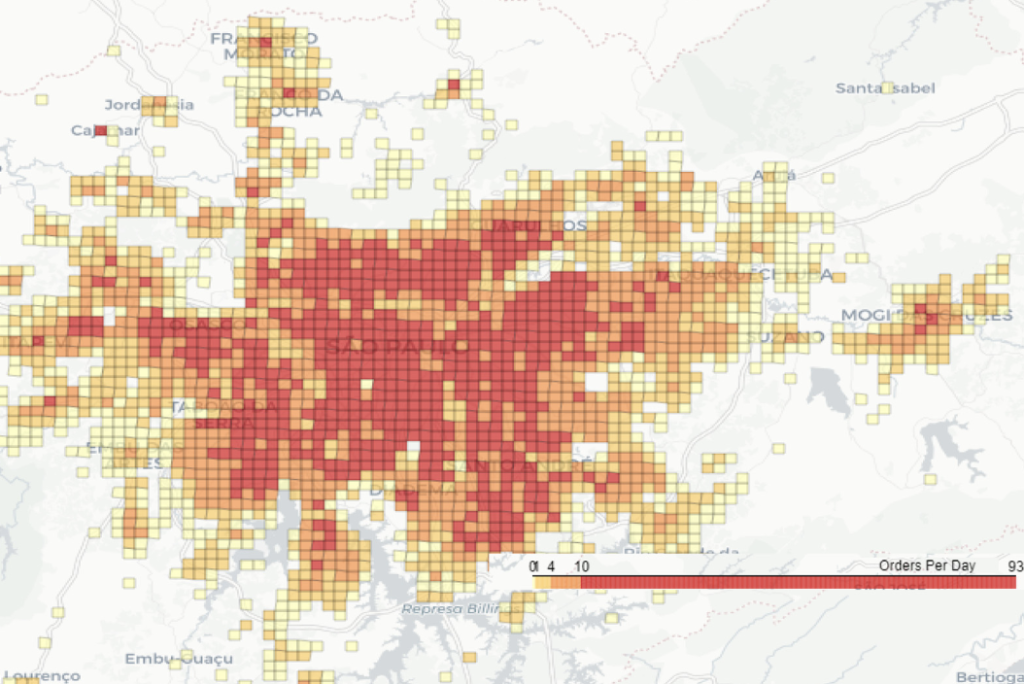The rapid growth in e-commerce volumes, coupled with customer expectations of faster, more flexible, and cheaper parcel deliveries, is increasing the pressure on retailers to design the most efficient delivery network.
Collection-and-delivery points (CDPs aggregate demand for both forward and return flows and help minimize additional tours in the case of failed deliveries. In a new paper, researchers formulate an optimization model that integrates CDPs in the design of the overall distribution network, including the location of upstream transshipment facilities. The model accounts for demand density changes due to CDPs’ placement. It considers demand aggregation at the CDP for both forward and return flows, and the impact of failed deliveries and failed return pickups on the routing cost.
The model considers different route options and solves them using extended routing cost approximation formulae, thus allowing the implementation of the model on large-scale problems. The researchers then apply the model to solve a real-world case study on the distribution network of a major Brazilian retailer. The results demonstrate that failed deliveries and failed return pickups increase both the last-mile cost and the overall cost of distribution, and CDPs effectively reduce these costs by aggregating the demand and minimizing travel time.
In all scenarios considered, the researchers have noted the cost benefits of shifting the demand from individual customers to CDPs. This benefit is mainly realized through aggregating the forward flows (i.e., deliveries). For example, a shift of 20% of the deliveries can lead to last-mile savings of 14.0% and total cost savings of 5.5%. However, the aggregation of the return flows has a more limited effect because the actual number of pickups is lower than the number of deliveries. In demand zones, where the overall demand density, including returns and failed deliveries, is low, outsourced CDPs offer a more cost-efficient operating model.
CDPs can have an important impact on failed deliveries. For example, in a setting with 10% of failed deliveries, considering that CDPs aggregate 20% of deliveries and 40% of failed deliveries, total cost savings account for 8.1%. The cost savings due to an increase in failed delivery are significantly larger than an increase in failed returns.

Given the clear relationship between the amount of attracted demand for CDPs and the cost savings, retailers should thus find ways to incentivize customers to choose CDPs as delivery options. A possible way to do this is in the form of a pickup discount, whereby the retailers pass on some of the cost savings to customers in the form of an additional discount when opting for a pickup from a CDP. In addition, the current approach can be used to assess the most favorable type of governance options for CDPs. A practical way to implement this is to assess the demand density, return proportion, and failed delivery percentages attracted to each candidate CDP location and then outsource the operations of CDPs with lower net demand while owning the CDP sites which attract higher demand. This can help the retailer benefit from both governance models and further lower the cost of operations.
There is scope to refine the methodology further in the overall network design. Future work should consider extensions incorporating customer preferences, such as instantaneous deliveries and delivery windows.
